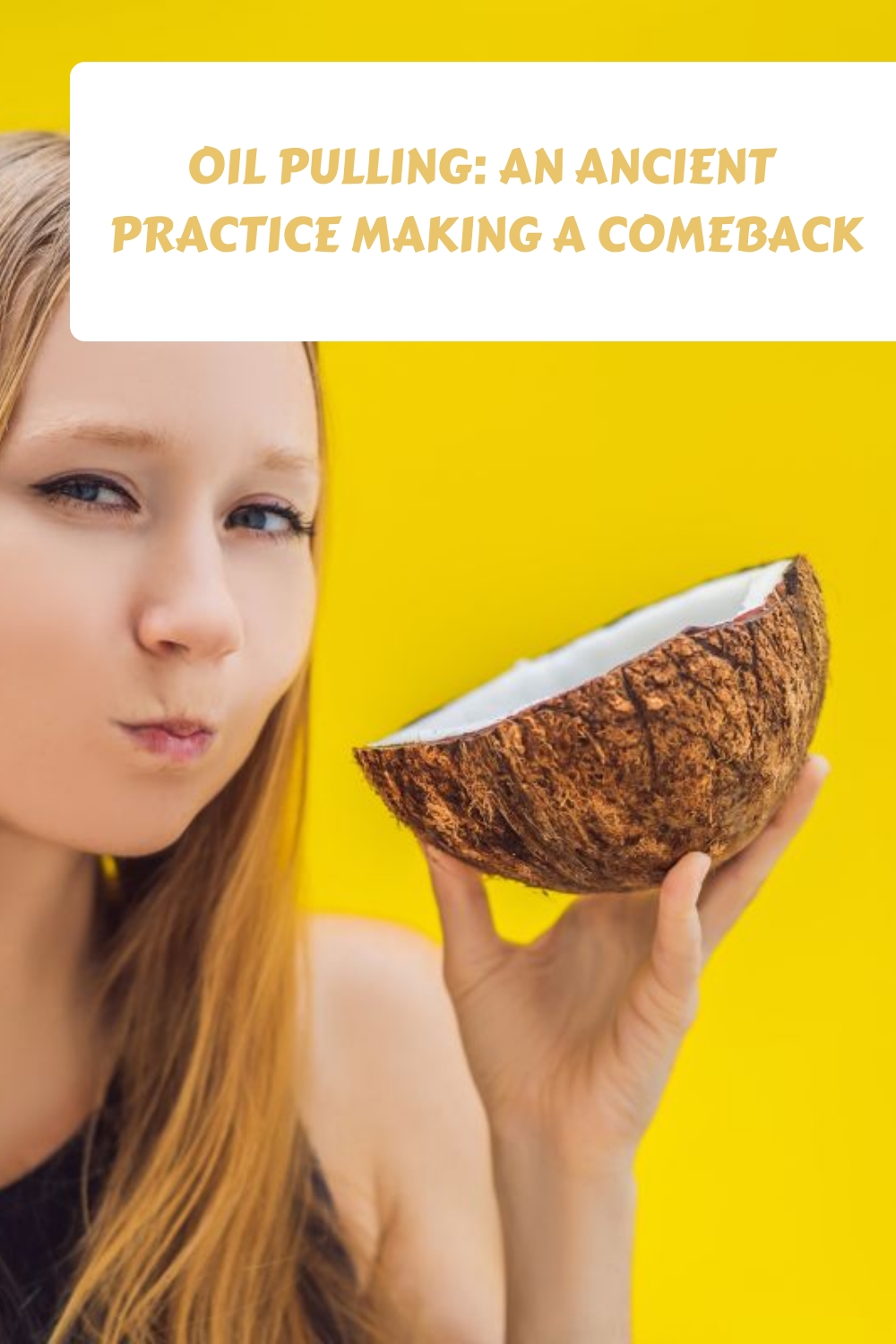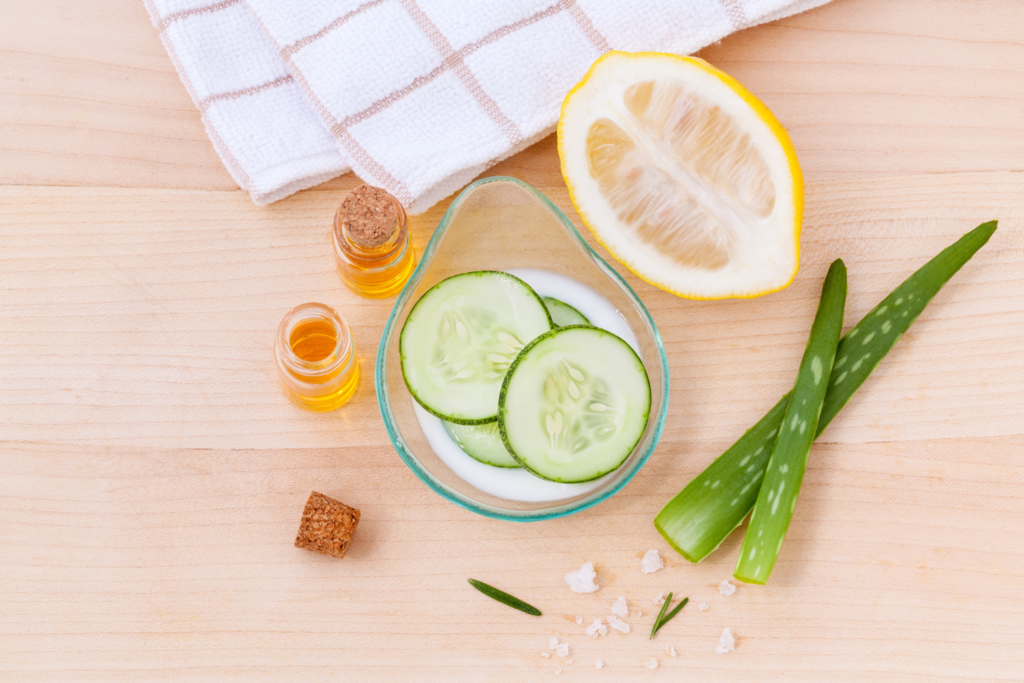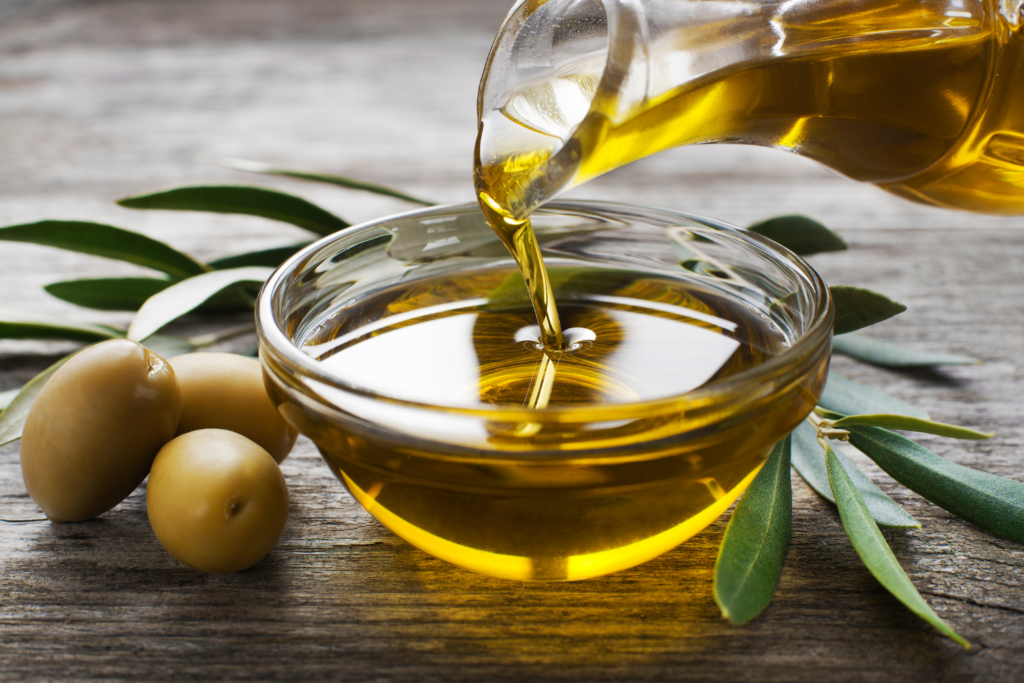You may have heard of oil pulling, the ancient practice that is gaining popularity in modern times. Oil pulling is an oral hygiene practice that can potentially improve your overall health and wellness. But what exactly is it? How does it work? And what are its potential benefits and risks? Let’s explore this ancient practice in more detail.
Contents
What Is Oil Pulling?
Oil pulling involves swishing oil, typically coconut or sesame oil, around your mouth for typically between five and 20 minutes. It originated in India as part of Ayurvedic medicine, a holistic approach to health care that has been practiced for thousands of years. Proponents claim that oil pulling can detoxify the body by drawing out bacteria and toxins from the saliva. Doing so can reduce harmful bacteria in the mouth which may lead to better dental hygiene and improved overall health.
My Oil Pulling Review
I heard about oil pulling way over a decade ago. One was to swish around sesame oil or coconut oil in their mouth to bring out toxins for overall health, and it would make one’s teeth whiter. I had found a bottle of liquid sesame oil at Dollar Tree (when everything was still one dollar), and I would make it a habit to swish while I showered. Although I was told not to let it go down the drain, as it could potentially clog your drain and pipes. Since my drain was already clogged half the time with my long brunette hair, I spit my oil out in the toilet or trash.
My teeth were definitely whiter from oil pulling! I think my overall health was better as well, but that could have been psychological. The whiter teeth were real! The only reason I stopped was that I couldn’t find sunflower oil to use again (this was also before Amazon carried everything). I tried coconut oil, but it naturally comes as a substance that you have to melt in your mouth first, and I couldn’t stand the texture.
Now that I’m reading that sesame oil can be used as well, I’m definitely going to be trying that, and I will update this post with my results!
Update! You can now buy liquid coconut oil at Amazon!
Benefits
Oral hygiene is essential for overall health because it prevents bad breath, tooth decay, cavities, gingivitis, and gum disease. Research suggests that oil pulling could help reduce these issues by reducing the number of bacteria present in the mouth. This could lead to fresher breath and healthier teeth and gums. Additionally, some people believe that oil pulling can also improve their skin health by reducing inflammation caused by acne breakouts or other skin conditions. However, more research is needed to support this claim.
It is important to note that oil pulling should not replace traditional brushing and flossing as these activities are still essential components of an effective oral hygiene routine!
Downside or Risks
Although there are no known major risks associated with oil pulling, it may cause some mild side effects such as dryness of the lips or throat irritation. Swishing any kind of liquid around your mouth for an extended period of time could cause problems like jaw pain or discomfort if done incorrectly or too often. Additionally, if you swallow any of the oil while doing this practice then you could experience nausea or vomiting. Therefore it’s important to spit out the oil once you’re done swishing it around in your mouth rather than swallowing it.
Oil Pulling FAQs
With all that being said, here are some frequently asked questions about oil pulling.
Q: Is oil pulling safe?
A: Generally, oil pulling is considered to be safe. However, it may cause dryness of the lips or throat irritation and should not replace traditional brushing and flossing as these activities are still essential components of an effective oral hygiene routine.
Q: Do you brush your teeth before or after oil pulling?
A: It is recommended to brush your teeth after oil pulling as the swishing of the oil can help loosen up any plaque or debris that may be stuck in between your teeth.
Q: How often should you oil pull?
A: It is recommended to practice oil pulling for at least five minutes a day, two or three times per week. It is best to consult with your dentist before starting this practice as they may recommend a different frequency based on your oral health.
Q: What type of oil should you use for oil pulling?
A: The most common oils used for oil pulling are coconut oil and sesame oil as they contain healthy fatty acids that can help reduce bacteria in your mouth. However, any type of oil can be used as long as it is edible and doesn’t contain any artificial sweeteners or flavors.
Q: How long does it take to see results from oil pulling?
A: Results can vary depending on the individual, but some people report seeing results as soon as a few days.
Q: Does oil pulling draw out infection?
A: There is limited research available on this topic, so it is difficult to definitively say whether or not oil pulling can draw out infection. However, some people believe that the antibacterial properties of the oils used in oil pulling may be
Conclusion
Ultimately when deciding whether or not to incorporate oil pulling into your daily routine it’s important to understand both the potential benefits and risks associated with this practice in order to make an informed decision about whether or not it’s right for you. While more research needs to be done on this topic before definitive conclusions can be made, many people still choose to use oil pulling as part of their regular dental care routine due to its low cost and potential benefits for improved oral hygiene.







